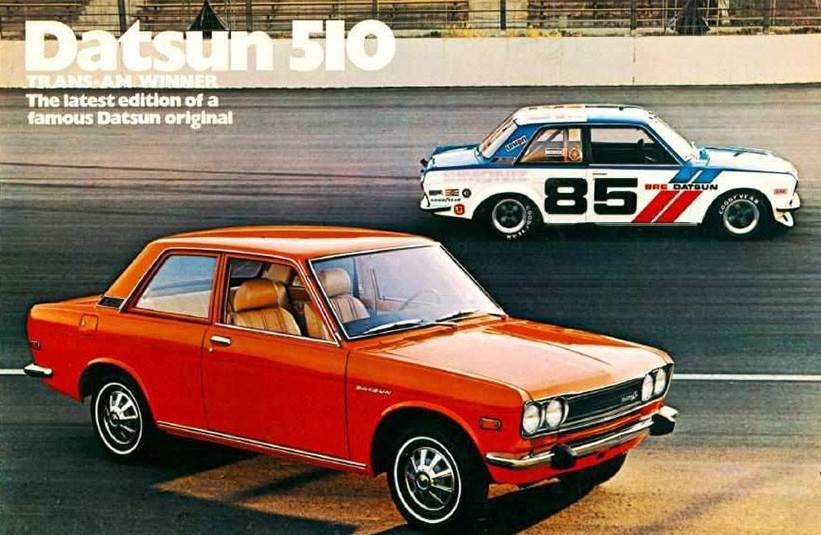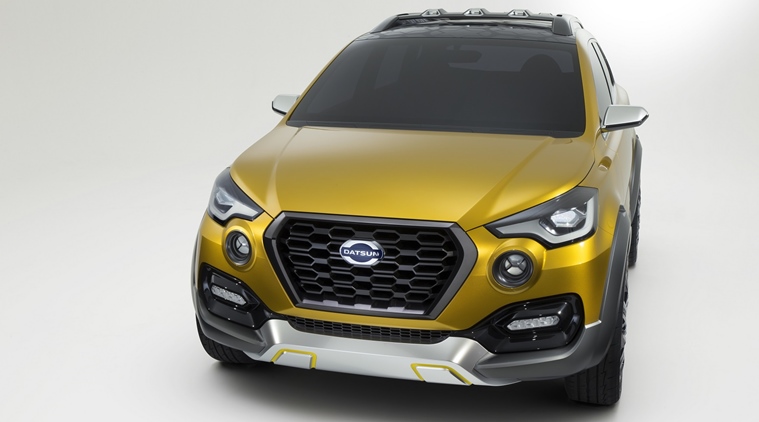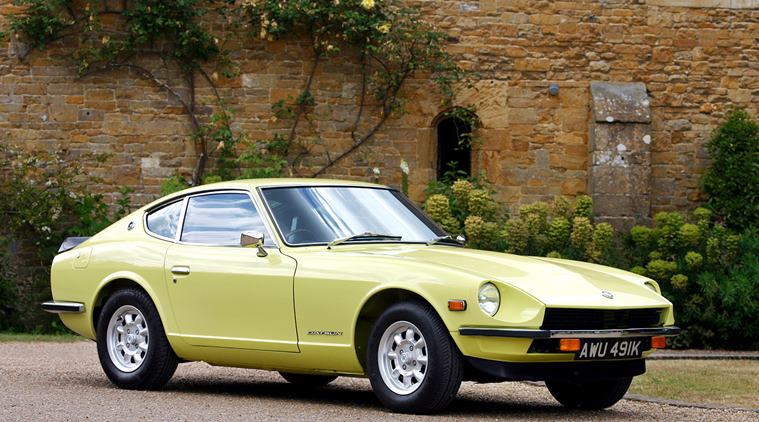Datsun, please bring fun back in your cars!
Datsun used to be a brand of cheerful cars that were fairly cheap to own and run. That, by no means, meant that they were rubbish to drive
 Datsun 510.
Datsun 510.
Back when I was in college, I’d indulge occasionally (which roughly means ‘whenever money would allow’) in some racing events. It was mostly during these events that I met some amazing people who were not only motor racing fanatics, but car lovers in general. One of them, after just a few meetings, even agreed to navigate me in an upcoming local rallying events. Good gent!
I out-braked myself around a flowing right-hand bend, and understeered into a ditch. We finished stone-dead last. It was the perfect reason to laugh off our result over some drinks in the evening. So, we met up as the Sun softly faded behind the endless expanse of sea. Our conversation drifted from being focussed on racing rabbit to cars in general, and ended up in an overtone about life as the spirit level in the bottle went lower-and-lower.
 Datsun Go Cross
Datsun Go Cross
Somewhere in the conversation, we discussed about the Datsun in the garage of this man and we shook hands on getting it out for a drive upon my next visit to his house. I was at his doorstep the next day and as I opened the garage door and admired him smilingly getting behind the wheel of the car, I knew it was an eternal relationship that was drenched in love and care. I’d never seen a Datsun 510 before, so, expectedly, it was a special moment for me. In those days, pale green wasn’t a foul colour to paint your car in. The 510 looked magnificent. We went for a drive. Roads were fairly untenanted and laced with some lovely curves. Our faces were plastered with very broad smiles.
 Datsun 240Z.
Datsun 240Z.
Back in the garden of his home, we spoke at length about his love for cars, and his Datsun 510 — the car that became known as “poor man’s BMW,” as I was told with a great outline of laughter. I went back with a promise to self that I’ll read up on Datsun — a brand of cars that, through the ‘60s and ‘70s, gained a big reputation for being great fun to drive.
Earlier this year, I spent some time watching a video effort produced by an international digital publication that had done a story on a mint-condition Datsun 510. Nostalgia settled in.
Datsun used to be a brand of cheerful cars that were fairly cheap to own and run. That, by no means, meant that they were rubbish to drive. Almost all mechanical products that had the Datsun brand on the body panels were good fun cars — cars that would form a genuine smile on your face. The Datsun 240Z (known as Nissan Fairly Z in Japan) is now a legend in its own right.
That was Datsun as I knew it and when it was announced that Nissan is bringing back the brand from the depths of the unknown, I was overjoyed. I imagined that we would get to see affordable cars that would be perfect mix of great fun, efficiency and reliability — the kind that have almost been forgotten in the modern automotive expanse (save for the efforts of Toyota and Mazda, maybe).
That didn’t happen. My joy died a very premature death.
The Datsun GO and GO+ are very affordable, spacious cars to buy, but that’s pretty much where the desirability factor ends. And while Datsun isn’t planning to go back to its roots of fun cars, there’s a product restructuring plan in the making, if some industry experts and analysts are to be believed.
At the Tokyo Motor Show held last month, Vincent Cobee, Datsun’s global head, spoke of the success that the brand has experienced so far. “This is a significant day for Datsun. We have successfully completed the first phase of our return, and feel proud that through our vehicles more than 100,000 customers have been able to make their dream of personal mobility a reality. In fact, the latest figure of cars sold since Datsun GO was launched in India in March 2014 now stands at 114 000 units (globally),” he said.
Stressing on the growth of sales and service networks in the four markets (India, Indonesia, Russia, and South Africa) that Datsun operates in, and expanding its product lineup in India, Cobee also said that there will be a new product based on the Renault-Nissan Alliance CMF-A architecture in the early part of 2016.
However, according to our sources, Datsun could play a surprise and bring in the production version of its GO-cross concept before the redi-GO gets ready for launch in the Indian market. The GO-cross shares the same platform as Datsun GO+ and that itself is a strong fundamental reason for the company to accelerate its development and come out with its production model.
While it’s essentially a hatchback with raised ride height and fancy body-cladding to make it look off-road worthy, expect the GO-cross to be positioned as a ‘Crossover’ in the sub-4 metre vehicle category. Experts also expect a 7-seater version of the GO-cross as a follow-up act to the standard 5-seater version — much like GO/GO+ product strategy. Hypothesised looking at the design of the concept, the GO-cross siblings are expected to sit slightly above the GO and GO+ models that are currently on sale. Datsun will also bring in redi-GO — shown as a concept at the 2014 Auto Expo in India — in the first half of 2016. Based on the CMF-A platform developed by the Renault-Nissan Alliance, redi-GO will slot itself in a segment lower than where the GO is currently positioned in the market.
I hope this brings in good success for the resurrected Japanese car company, but I’d still like to see Datsun moving away from its conformist approach and bring in some fun products in its portfolio — cars that could be spiritual successors to the likes of 510 and 240Z, perhaps! Amen.
- 01
- 02
- 03
- 04
- 05































